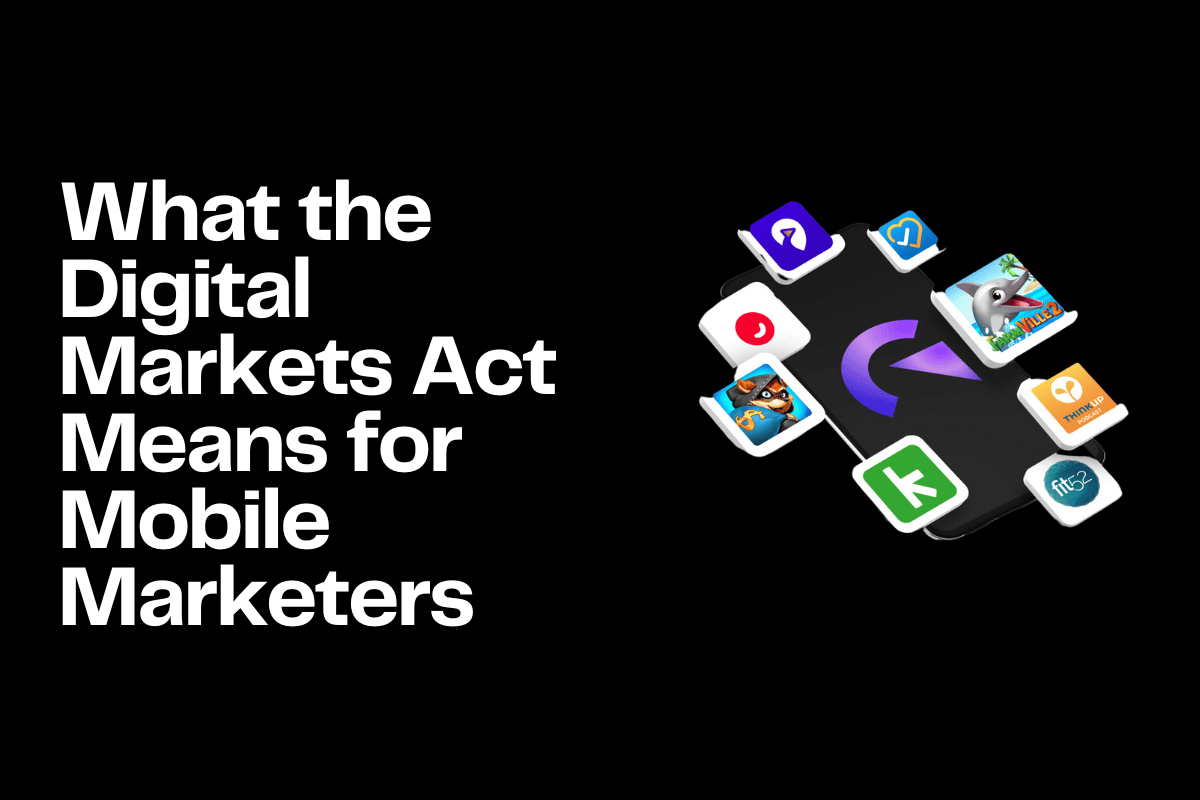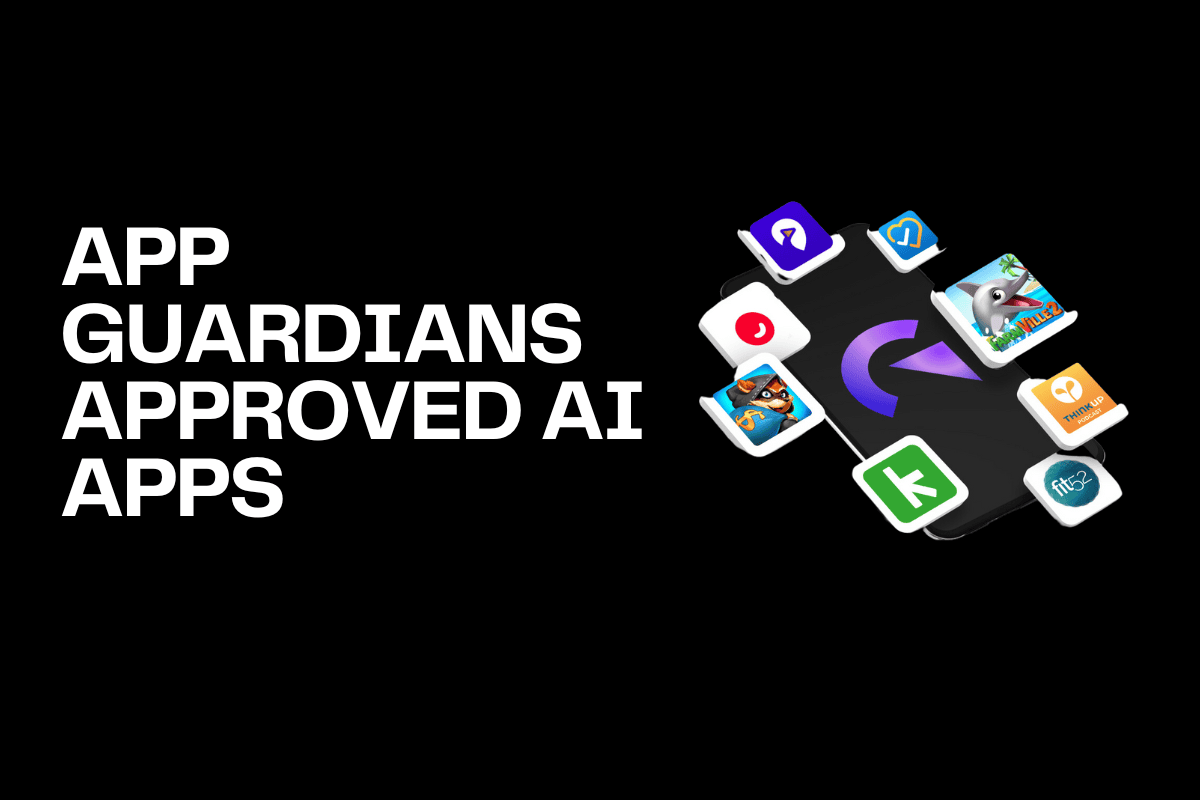Expert Interview: Elsa Massoudi Aguilar
Thanks for talking with us Elsa!
Please let us know more about you. How did you first enter the App Business and what do you do?
Once you go ‘App’ you never go back; that’s what happened to me 3 years ago when I started in the mobile app industry by coincidence. Since then, I have worked in various industries such as Life-coaching, Fin-Tech, and Travel apps. Currently, I am a part of Omio (formerly GoEuro) as a CRM Manager. Omio is a traveling website and app that finds the best route to transport people through air, road, and rail. The platform currently has more than 27 million monthly users.
In your opinion what are some of the top trends related to mobile app growth?
I think app companies are noticing that acquisition efforts without solid retention get very expensive. Paid marketing is a static and inflexible price, whereas retention is a low-cost driver of growth. This fact translates into a more customer-centric culture. It increases the focus on CRM strategies and maximizes engagement opportunities during the customer journey process and avoid churn.
I believe that CRM’s lifecycle will not become obsolete any time soon. Everything is evolving quickly in this industry and every day I learn something new. If we look back five at years ago, where was CRM then?
Furthermore, I have noticed that an emphasis is placed on automation as a measure to improve efficiencies and to scale businesses.
New App developers seem to all want to focus on organic, but that seems to be hard to hack with low budgets unless super creative viral tactics or products. What is your philosophy here?
From my point of view, sustainable growth comes with a mix of both organic and paid media. They should not be considered binary choices since they are mutually reinforcing parts. Thinking that organic growth will come without using big budgets is, in most cases, a fantasy. At the early stage of an app, hitting big targets through paid UA is needed (unless your product becomes viral).
Of course, this does not mean we should ignore SEO, ASO, or Social Media channels. Organic marketing is undoubtedly effective, but it is a long-term strategy that strives after an App’s start-up stage. Paid marketing, on the other hand, is about getting the message out there now.
Once again, I want to emphasize the crucial role CRM plays in achieving organic growth by engaging and satisfying the users. As they say, “There is no better advertising than a satisfied customer.”
Looking at App lifecycles, at what stage do you suggest the growth teams take steps back and hyper-optimize everything or send the product back to the lab before the next push?
I think there is not a specific stage since each product is different. That is why it is key to analyze the retention curves and understand when your users are losing engagement and eventually churning. Once you have detected this, you can then identify at which stage of your user’s journey do you need to hyper-optimize and focus on.
From my experience, I can say that optimization (of any kind) is something that always needs to be present, even when everything looks “perfect”. We are in an incredibly fast-paced industry where new apps and competitors appear every day. This means that we need to be on alert. We must continuously analyze app user behaviours and anticipate their needs through constant optimization. For example, A/B tests are a great way to learn from your users. You can easily see what can be made better in your product or marketing communications.
What KPI do you look for to determine if an App is healthy?
Still, I think it depends on the type of app. An Average Session Length or a Monthly Number of Sessions per User may be a significant KPI for a gaming app; however, for a traveling app, it may not be a key determinant. The same principle can apply to Retention Rate. For example, on a travel app, you see customers book six trips a year using your platform and seem “loyal”. However, in reality, they travel 12 times a year and book the other six times using other platforms. Alternatively, you may have customers that only travel once a year but will always book using your platform.
If you were to give 2-3 final tips to Growing Apps, what would those be?
Every product is different, you can’t compare something that worked for you in a specific app to another. By doing A/B tests, you can quickly understand what makes your users convert better. In my case, no matter how much I learned from my users/customers, I was surprised on numerous occasions by the results.
You can run a test on your product itself, for example, testing different orders of your navigation menu or an auto-play video against click to play. Same with your marketing campaigns. For instance, your emails might improve 10% just by adding emojis to the subject line. Or you might have the double the number of clicks by adding a different colour to your CTA button. As simple as that! Just test it, you can only get wiser.
Want to Learn more about App Growth or the App Industry? E-mail us at hello@Appgrowthnetwork
Related Articles
The Digital Markets Act and the Digital Services Act are two major pieces of legislature brought forth from [...]
The artificial intelligence trend is everywhere. It’s easy to get caught up in the mix when searching for [...]
For Wellness apps, the most challenging approach is the conversion of the user from passive to active. [...]










